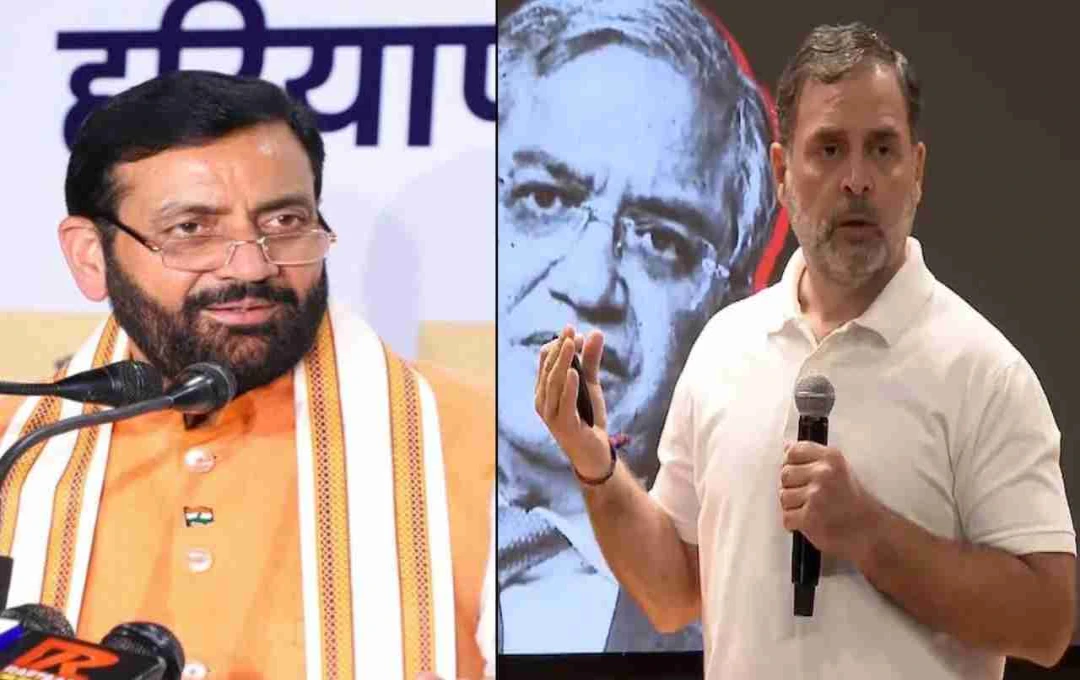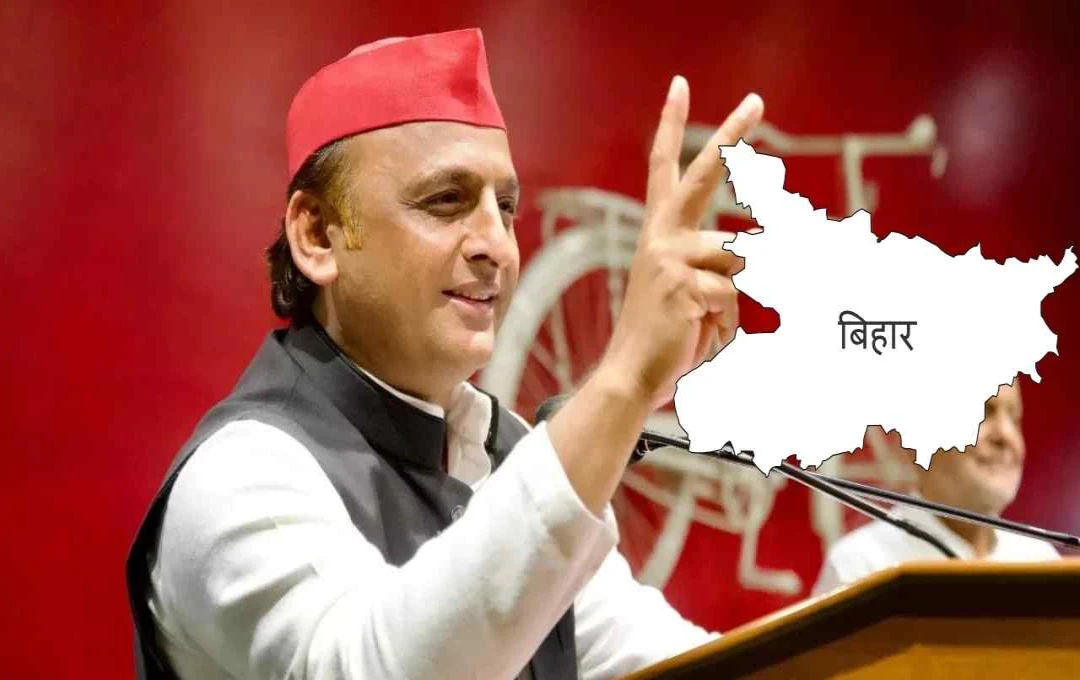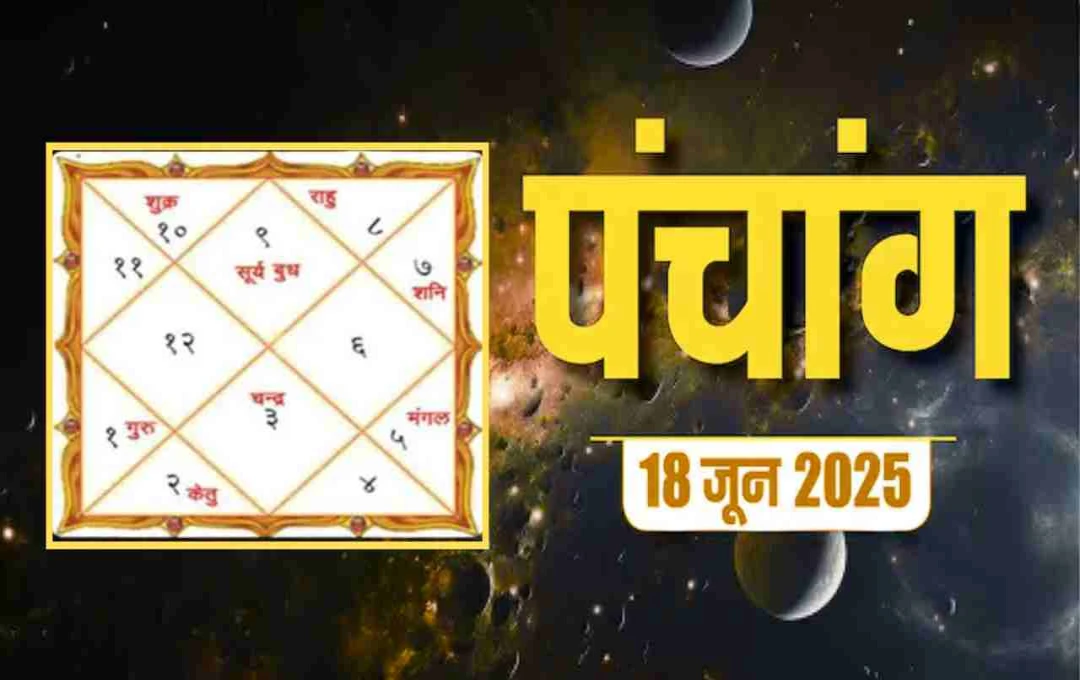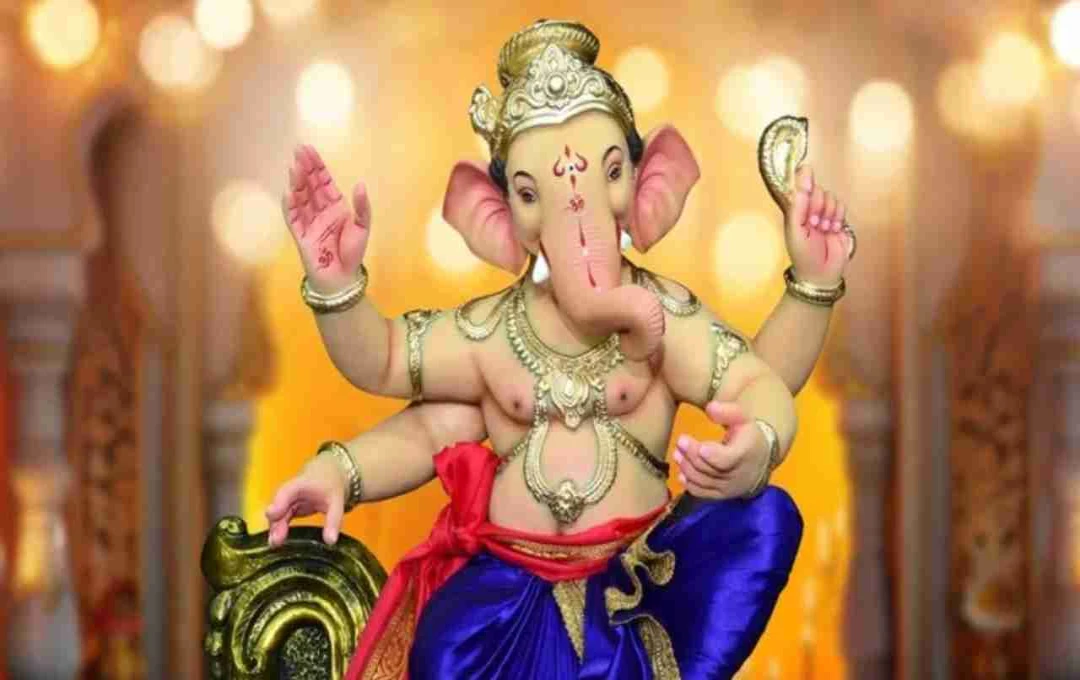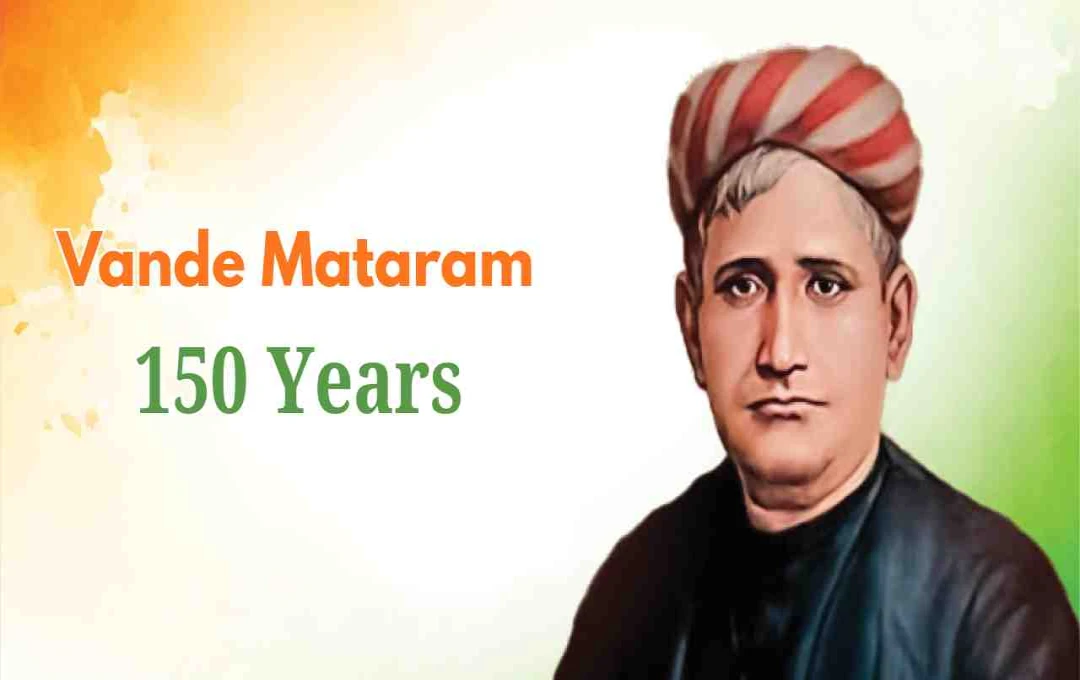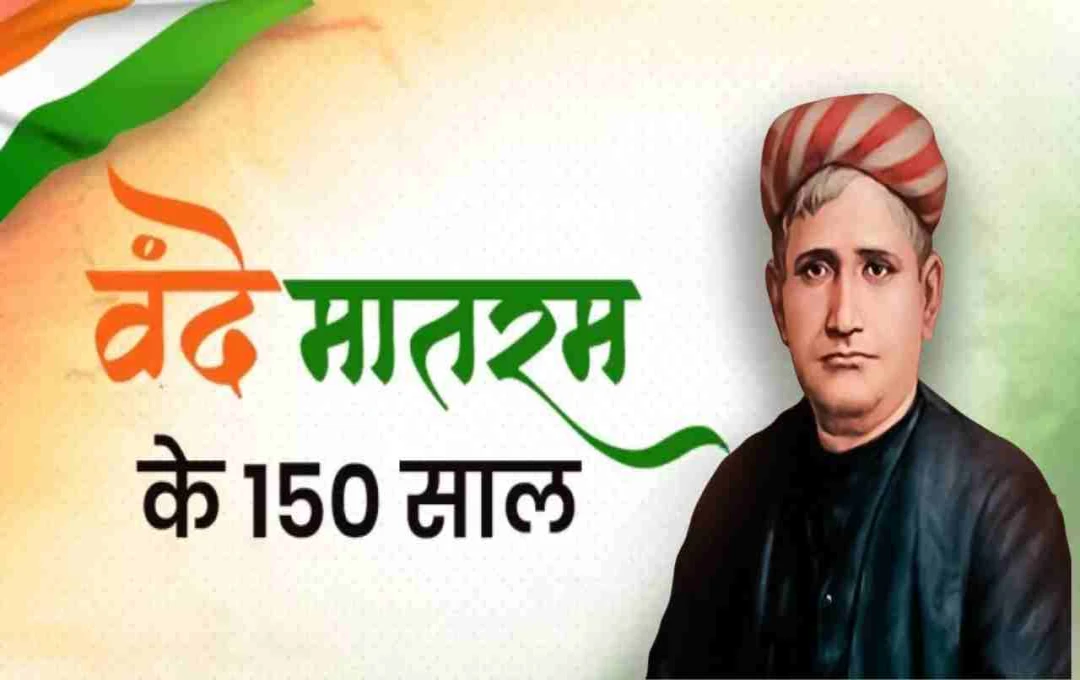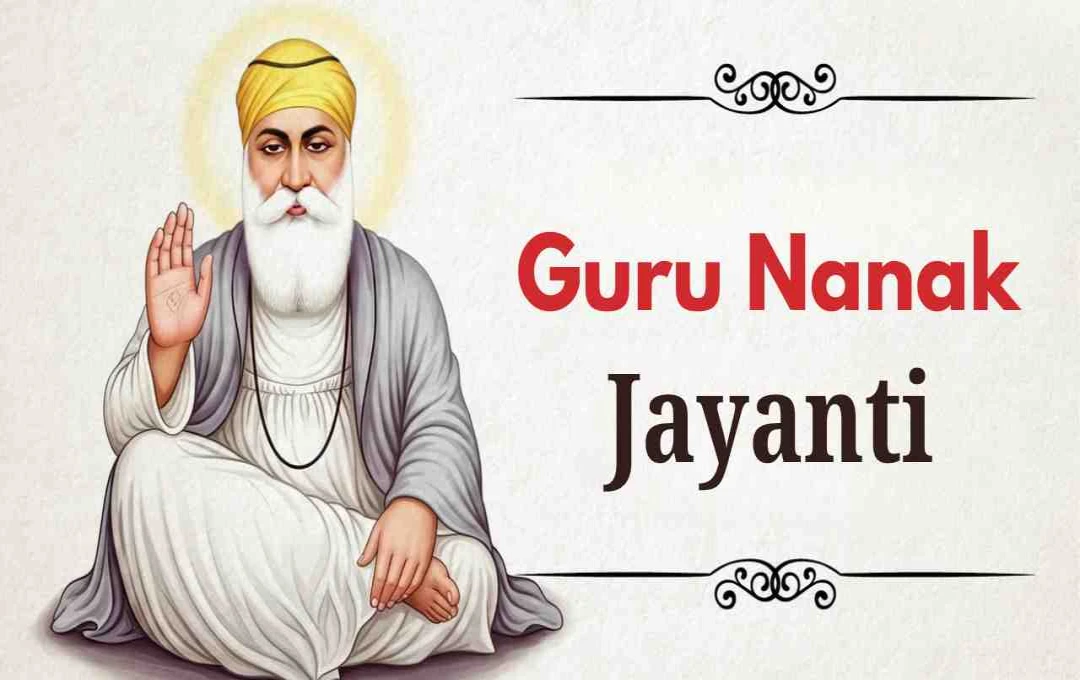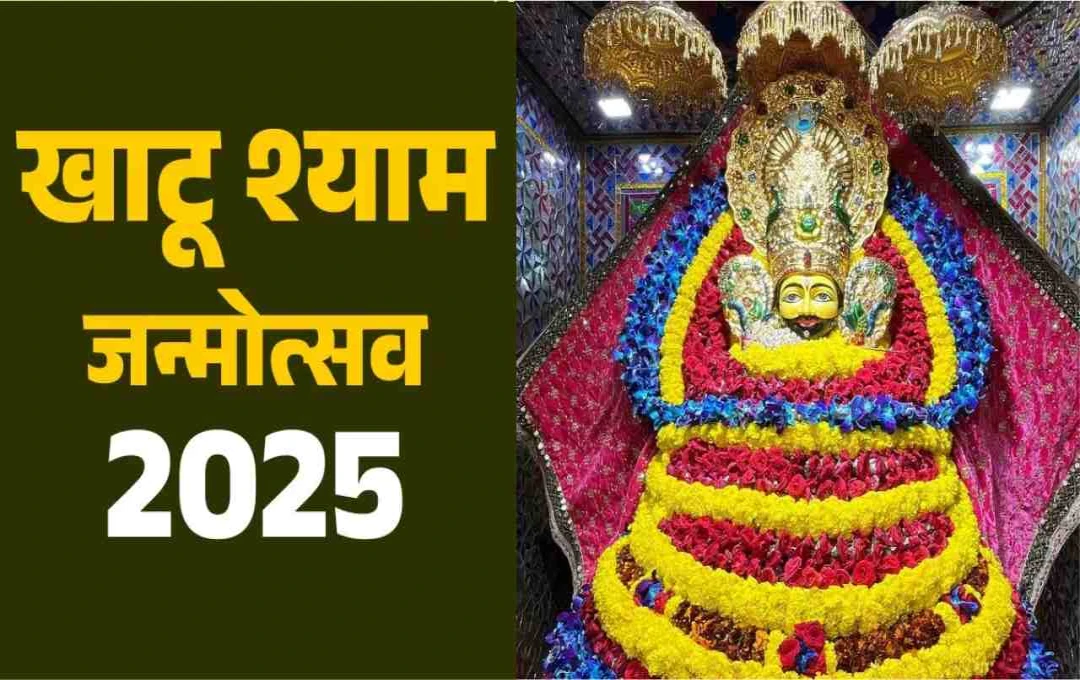Rohini Vrat is an ancient observance kept by married women for the long life of their husbands, and for peace, happiness, and prosperity in the family. This fast is observed on the day of the Rohini Nakshatra and is believed to bring positive changes in life when performed through the worship of Lord Vasupujya Swami, recitation of its sacred narrative, and fasting.
Rohini Vrat 2025: Rohini Vrat will be observed on November 7, 2025, by married women in the Jain faith and other communities for the long life of their husbands, and for peace, happiness, and prosperity in the family. According to the ancient legend of Champapuri city, observing this fast grants liberation from the sins of past lives and brings joy and well-being. Women devoutly perform this fast through the worship of Lord Vasupujya Swami, recitation of its sacred narrative, and fasting. This observance is not merely a religious ritual but also a means to bring positive energy and prosperity into the family.
The Legend of Rohini Vrat
The primary legend associated with Rohini Vrat comes from Champapuri city, where King Madhava and Queen Lakshmipati resided. They had a daughter named Rohini. According to the tale, the king consulted an astrologer about his daughter's future. The astrologer foretold that Rohini would marry Prince Ashok of Hastinapur and that her calm and quiet nature was a result of good and bad deeds from her previous birth.
The astrologer also narrated the story of Rohini's past life. A long time ago, in the same city, lived King Dhanamitra, who had a daughter named Durgandha. Durgandha suffered from an unbearable body odor. The king, offering wealth, arranged her marriage to the son of his friend Vastupal. One day, Durgandha, at the behest of Queen Sindhumati, mistakenly fed a bitter gourd meal to a Jain ascetic (Muniraj), which led to his demise. Due to this sin, Queen Sindhumati contracted leprosy and, after her death, was condemned to hell.
After several rebirths, Queen Sindhumati was born as Rohini. In this life, to atone for the sins of her previous birth and to attain peace and happiness, she began to observe Rohini Vrat with complete devotion. She fasted every month on the day of Rohini Nakshatra and performed worship of Lord Vasupujya Swami. Through the efficacy of the fast, all her sufferings were removed, she married Prince Ashok, and they lived a happy life.
The legend also clarifies that by observing Rohini Vrat, an individual can not only find liberation from the sorrows of their life but also bring peace, happiness, and prosperity to their family. If the fast is performed with full faith and proper rituals, it is considered especially beneficial for the husband's long and healthy life.
Significance of Rohini Vrat
Rohini Vrat is observed every month on the day of the Rohini Nakshatra. It is one of the most important observances in Jainism, but it is also celebrated with devotion in other religions. Married women, in particular, perform it to pray for the long life, peace, and prosperity of their husbands.
- Long life and peace for husband: During this fast, women pray for the long life of their husbands and for peace and happiness in their lives. According to religious beliefs, this fast helps remove impurities of the soul, liberates from karmic bonds, and aids in attaining moksha (salvation).
- Prosperity in the family: Observance of Rohini Vrat brings wealth, abundance, and prosperity to the home. This fast is believed to help alleviate financial difficulties and maintain positive energy in the family's life.
- Worship and religious rituals: On this day, special worship is offered to Lord Vasupujya Swami, the 12th Tirthankara of Jainism, and to Chandradev (the Moon God). Recitation of the Vrat Katha by women during the fast is also considered auspicious. Along with worship, women observing Rohini Vrat keep a fast and lead a disciplined life throughout the day.
Method of Observing Rohini Vrat
- Commencement of the Vrat: The fast begins on the day of Rohini Nakshatra with a morning bath and worship.
- Worship materials: Special worship materials such as lamps, flowers, Akshat (rice grains), fruits, and water are used in Rohini Vrat.
- Recitation of the Katha: Reciting the story of the Vrat is mandatory. Through the Katha, the devotee learns about the significance and benefits of the fast.
- Fasting: Women may observe a fast on fruits, milk, or a waterless (Nirjala) fast throughout the day. It is essential to maintain a spirit of restraint, meditation, and devotion during the fast.
- Aarti and Bhajans: The fast is concluded in the evening by listening to the Aarti (ritual of waving lamps) and Bhajans (devotional songs) of Lord Vasupujya and Chandradev.
Benefits of Rohini Vrat
- Healthy and long life: Improvement in the husband's longevity and health.
- Peace and happiness: Reduction in household stress and creation of a positive environment.
- Wealth and prosperity: Alleviation of financial problems and influx of wealth and prosperity into the home.
- Liberation from karmic bonds: Observance of the fast helps in liberating from the sins of past lives and the karmas of the present life.
- Attainment of Moksha: Attainment of salvation is possible with complete devotion and adherence to the prescribed rituals.
Rohini Vrat is an extremely important observance for married women, particularly for the long life of their husbands, for peace and happiness, and for the prosperity of the family. By observing it, an individual can find liberation from the sorrows and difficulties of their life. According to ancient legends and religious beliefs, this fast is not merely a religious ritual, but also a means to spread positive energy in the family and society.



